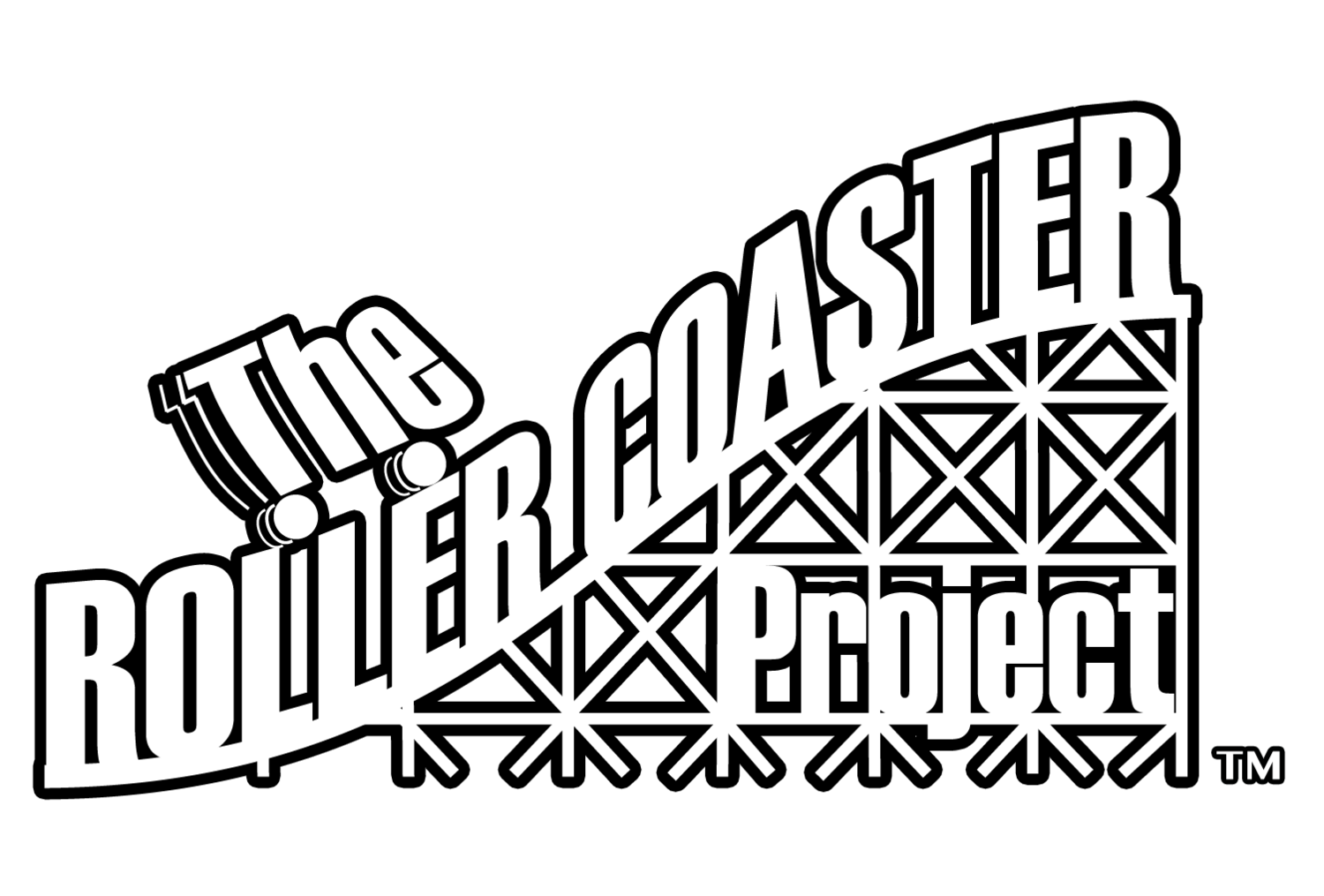Bridging Gaps and Trains of Thought
/With the vast amount of work required to bring the big, little, coaster into this world, I am spending around two (2) weeks to produce spectacular YouTube content. Yes, a bit full of myself, but the last one “slapped” as the kids say. I was thinking this past week, “I should make one nice video one week and maybe more of a spontaneous shop happening the other?” Now, this may be a catastrophe in the making, but I’m sure you guys will let me know if I bit off much more than I can chew. Clichés aside….
The video that will be released Monday, February 1st, will focus on more of the coaster structure and some elements not seen on other desktop models: bridges. For this mini coaster, I have included “nested” structure and bridging. Nested simply means a track within another track’s structure: the final turn.
Floating Supports
The picture above shows a curved bridge leading into the second turn of the ride. Turns are usually numbered from the top of the lift onward. Now, it’s not the best design philosophy to create a curved bridge since all dynamic structures “shouldn’t” be able to deflect or sway as a moving object traverses. If anyone out there is a “coaster nerd,” then you are well aware of Boardwalk Bullet or the older Texas Rattler. Both these coasters feature and featured inadequate bracing and structural design which would allow the structure to move multiple feet as the train rolled over a section. This can lead to many things that will put your face in the news the next day. So, do me a favor and don’t make such inadequate trash. This is the upon which I will die…sorry bad jokes. I lack the chutzpah to deliver my humor, let alone write it.
Where was I? Oh yeah, the idea of using a curved bridge can lead to some funky sway due to lack of bracing for shifting forces. Now, you can design anything to be solid as a rock, but that will ultimately cost too much money and give your field guys a complex.
“If it don’t shake, it’ll break…”
Since this little coaster won’t have any gigantic forces on the structure, a curved bridge will do just fine. Yes, yes I am just rationalizing my error. So what, you make it better… The nerve.
Trying to fit this little coaster within a small working envelope meant that I would undoubtedly have some track crossing at some point. Being that I am designing this coaster to mimic a real wooden ride, including complex bridging is an added garnish. We have bridged the gap. Now do you understand the title?
Moving on, David…
The next piece of this ever growing puzzle is to make the cars function properly. As I said in my previous YouTube video, “…building at full scale is simple compared to 1:48th the size.” This car design is no exception since ever piece has to fit within less than 25mm of space. There is a reason I am bald…
It’s MUCH smaller than it looks.
The cars will be connected with a ball-and-socket joint. This socket and ball connection allows for full articulation (look at previous post for that word) and any errors that may exist from track segment to track segment. Also, having 360 degrees of freedom is pretty sweet.
The smaller wheels underneath the track, or “up-stop” wheels, rely on a one (1) mm pin as an axle with an outside diameter of three (3) mm. That’s about 1/8th of an inch for us normal folk. But seriously metric is simpler.
Is the car going to look like that? How many will there be? What’s the meaning of life? Will the Tampa Bay Buccaneers win the Super Bowl?
For the coaster there will be three (3) cars with working brakes and lift hill mechanisms. And, no, the car will not look like this in the final stage. The cars will, more or less, look like the photo below:
Brings a tear to your eye.
Since this coaster is the “standard” model, I thought it only appropriate to use more of a classic wooden coaster train design. For all future models, or at least ones that are “twister” style with high banking, I will design a custom train. Now for the cars incorporating lift attachments and brakes, I will go more into detail later when necessary…or I actually design it. But, for now, be on the lookout for the next video installment on the YouTube channel, and feel free to comment or contact me via the website.







